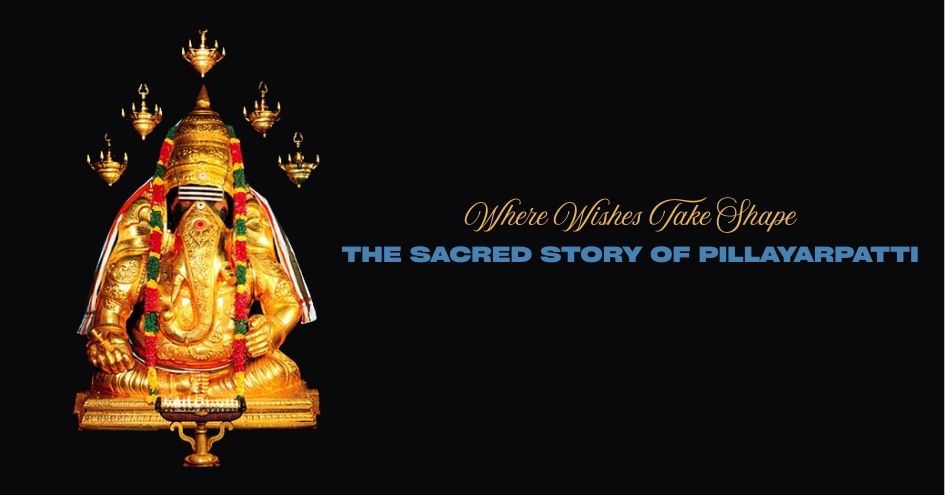
Tucked away in the Sivaganga district of Tamil Nadu lies Pillayarpatti, a small town whose name itself is a tribute to the beloved deity, Pillayar - another name for Lord Ganesha. At its heart is the Karpaga Vinayagar Temple, an ancient shrine that has stood for over 1,600 years, making it one of the oldest Ganesha temples in the world. More than a place of worship, Pillayarpatti is a living repository of Hindu culture, art, and spirituality.
The Ancient Rock-Cut Temple
Unlike the soaring gopurams and sprawling corridors of Chola and Pandya temples, the Karpaga Vinayagar temple is unique in its rock-cut architecture. Archaeological studies suggest it was built during the 4th century CE by the early Pandya kings. Carved directly into a cave, the sanctum houses the majestic image of Karpaga Vinayagar, depicted with two arms and a trunk curled to the right a rare representation. Most Ganesha idols are seen with four arms and a trunk to the left, making Pillayarpatti's deity especially sacred.
The name "Karpaga" comes from the celestial wish-fulfilling tree, Karpaga Vriksham, symbolizing that prayers made here are believed to be fulfilled. Devotees approach him with petitions for wisdom, success, and prosperity, much like how one would approach the cosmic wish-tree.
Legends and Stories
Every temple carries its own stories that blend history with devotion. At Pillayarpatti, one of the most cherished tales tells of a Pandya king who was instructed in a dream to discover a hidden cave shrine. When he found it, the self-manifested image (swayambhu) of Ganesha awaited him, already seated in meditation-like composure. Believing this to be divine will, the king commissioned the temple around it.
Another legend connects the temple to the Siddhars mystical saints of Tamil Nadu known for their yogic powers. It is said that they performed tapas (penance) in these caves and invoked Vinayagar for spiritual knowledge. This association makes the temple not just a site of ritual worship, but also a centre of esoteric wisdom.
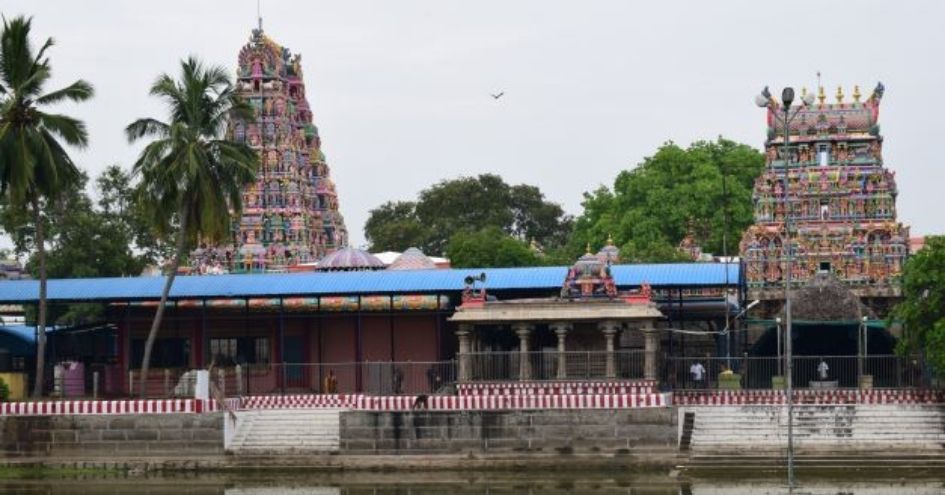
The Festivals of Pillayarpatti
The temple comes alive most vibrantly during Vinayaka Chaturthi, the birthday of Lord Ganesha. Unlike the ten-day celebrations common in Maharashtra, here the festival stretches across ten full days with music, processions, and temple rituals. Devotees from across Tamil Nadu and even from abroad throng to witness the grand chariot festival (Ther Thiruvizha), where the image of Karpaga Vinayagar is pulled through the streets on a towering wooden chariot.
Another important celebration is during the Tamil month of Aadi (July-August), when the temple's deity is honored alongside goddess Karpagambal, symbolizing the divine feminine energy. The rituals during this period attract families seeking blessings for new beginnings, particularly marriages and childbirth.
Cultural Significance
Pillayarpatti is also a repository of Tamil inscriptions and art. More than 15 rock inscriptions found within the temple complex detail grants, donations, and the genealogy of kings who patronized it. These epigraphs are valuable for historians tracing the socio-political life of the Pandya and later dynasties.
The temple's murals and sculptures offer glimpses into early Tamil iconography. Apart from Ganesha, the temple enshrines the three Lingams Thiruveesar, Marudheesar and Senchadeswarar and the three Goddess Sivagami amman, Vadamalar Mangaiamman and Soundara Nayaga amman all appear together at the same place and bless the devotees, weaving together the Shaivite and Ganapatya traditions. It is believed that by worshipping Kathyayini amman at this temple women get relieved from sevvai dosham. There is also a rock cut Hanuman sculpture on a pillar opposite the navagraha sthalam of the temple. This blending reflects the Hindu ethos of inclusivity in worship.
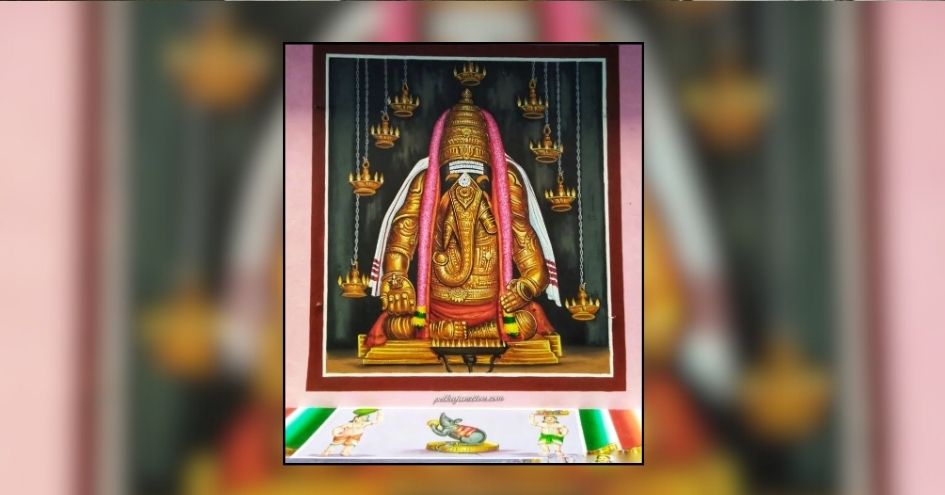
The Local Life Around Pillayarpatti
The temple isn't just a monument; it forms the beating heart of the town. For the locals, life revolves around the rhythm of temple bells, daily processions, and festivals. Traditional arts like Nadaswaram and Thavil (classical Tamil instruments) continue to flourish here, as they are integral to the temple's ceremonies. Even today, families planning important milestones from starting a business to enrolling children in schools make it a point to first seek blessings at Pillayarpatti.
There is also a practice where students bring their first notebooks and pencils to the temple during Vijayadasami, offering them to Karpaga Vinayagar before beginning their studies. This ritual reinforces the cultural association of Ganesha with wisdom and learning.
A Living Heritage
What makes Pillayarpatti special is that it has never been reduced to just stone and sculpture. It continues to live through faith, culture, and continuity of worship. Unlike many ancient monuments that stand as ruins, Pillayarpatti remains vibrant, reminding visitors that devotion can preserve heritage as effectively as conservation efforts.
In today's fast-changing world, where modernity often sidelines tradition, Pillayarpatti offers a gentle reminder: faith, when rooted in wisdom and inclusivity, can stand timeless. Just as Karpaga Vinayagar grants the wishes of devotees, the temple itself continues to grant Tamil Nadu a sense of identity, continuity, and pride.
 Founder of The Verandah Club and Convenor of INTACH Coimbatore. A passionate traveller and trendspotter, he lives by the philosophy Dharmo Rakshati Rakshitah.
Founder of The Verandah Club and Convenor of INTACH Coimbatore. A passionate traveller and trendspotter, he lives by the philosophy Dharmo Rakshati Rakshitah.
PREVIOUS ARTICLE
NEXT ARTICLE
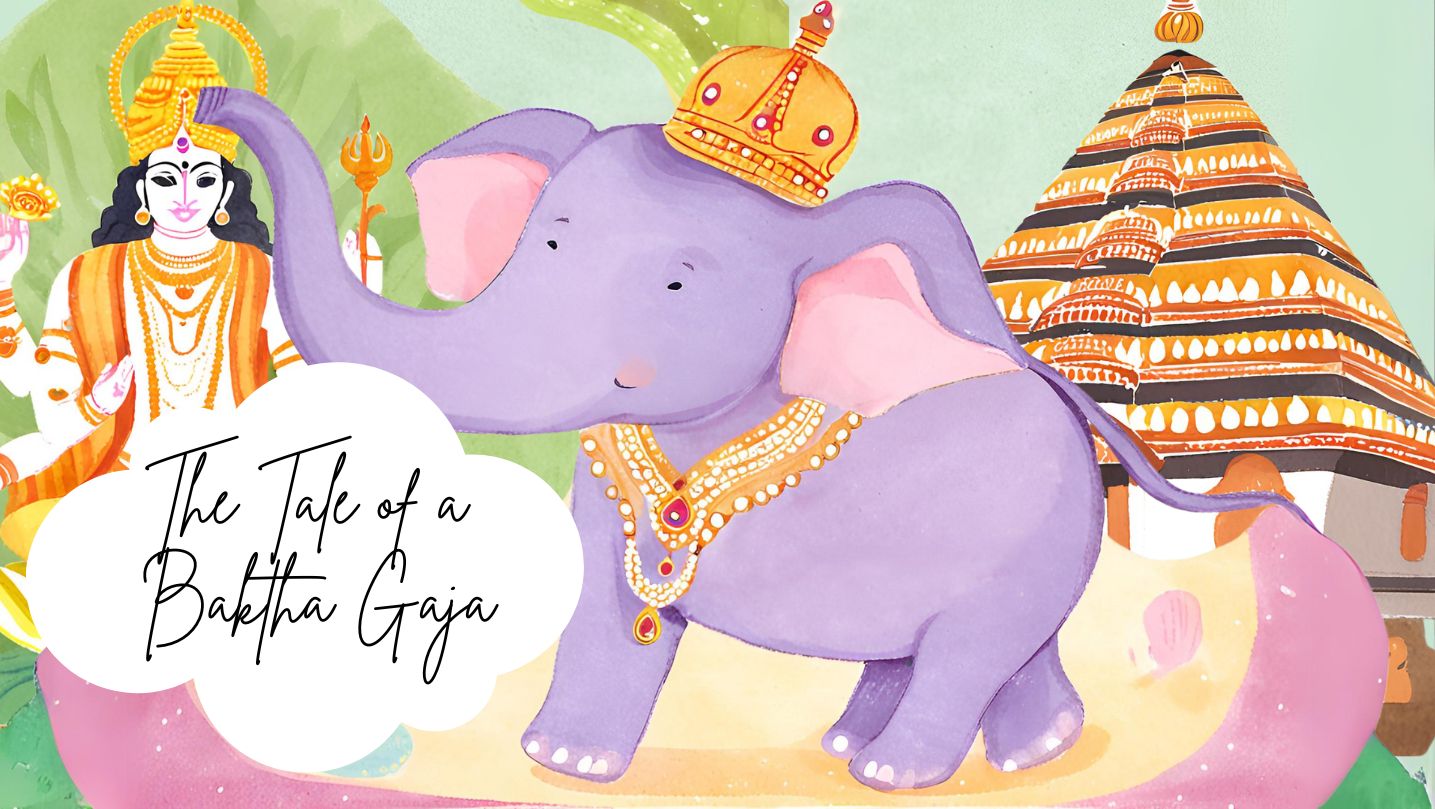
In the lush, green heart of Kerala lived an elephant who became a living legend - a tale of an elephant turned into a bakth. His name was Keshavan, bu...
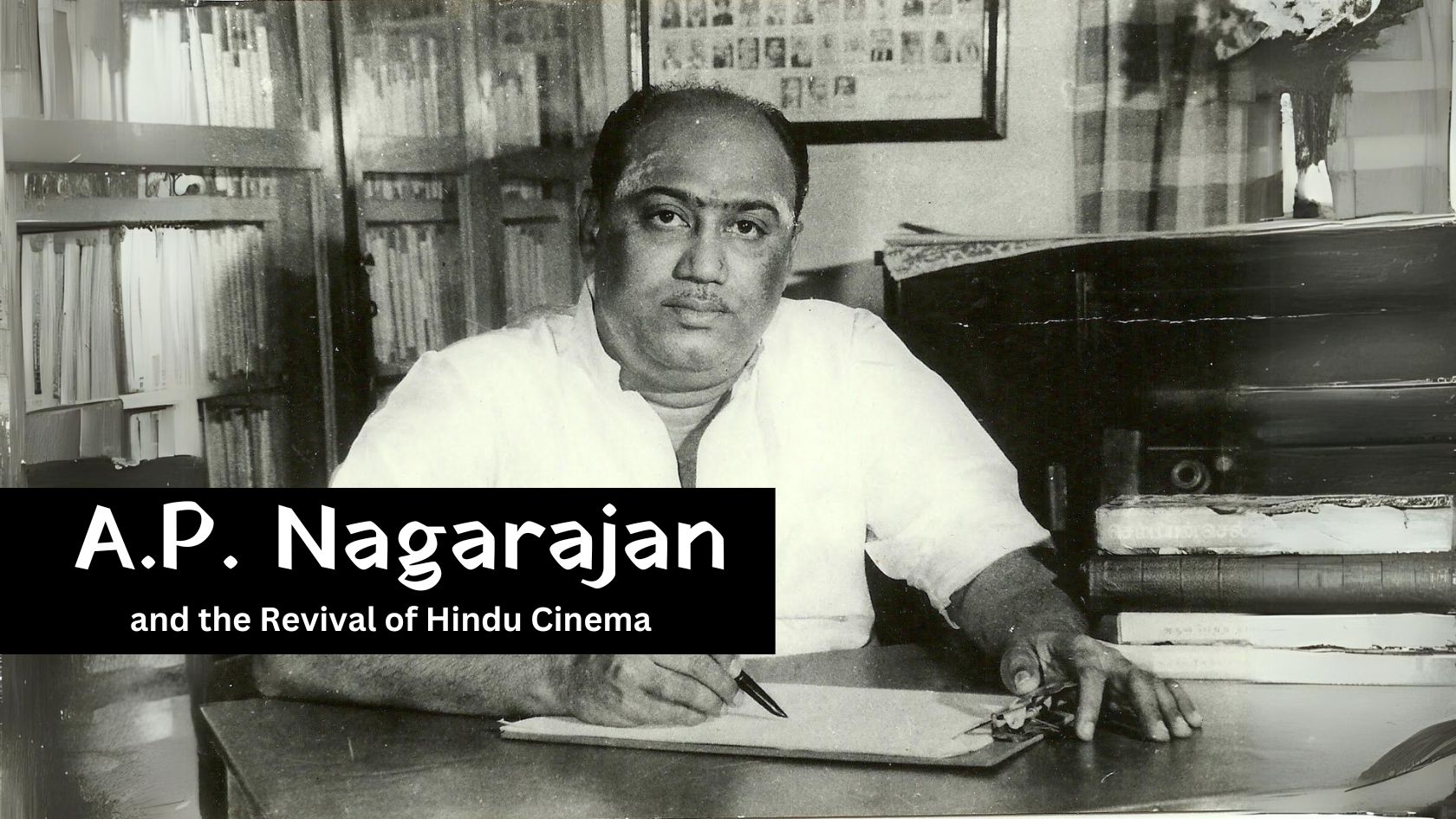
In the early days of cinema, both silent and talkie films thrived on puranas and ithihasas. However, as the years passed, especially by the late 1950s...

Life often presents us with choices that test our resolve, faith, and priorities. Attending the Prana Pratishtha of the Ram Lalla in Ayodhya had alway...